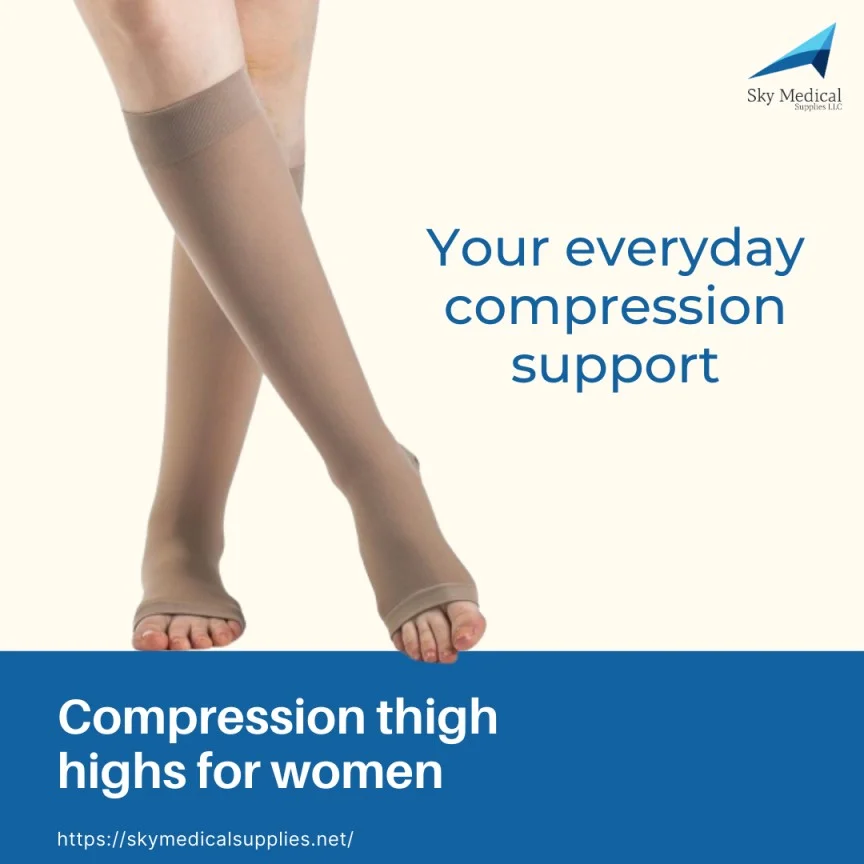Venous leg ulcers represent a significant clinical problem and a financial burden, costing between $300 and $600 million per year to treat in the US alone. Applying appropriate levels of sustained graduated compression socks can induce the healing of most ulcers, although this technique is contra-indicated for treating ischaemic ulcers. Compression bandaging is typically used with other treatments, such as wound care and elevation of the affected limb. It is essential to have a proper assessment and instruction from a specially trained health professional to apply the bandages correctly.
External compression socks can assist patients with venous disease by preventing or reversing skin and vascular system changes. Gradual external compression usually begins at the ankle and ends at the hip, but optimal pressure varies based on several factors, including the severity and size of the patient's limbs.
Compression socks are classified into three types: lightweight conforming-stretch bandages, light support bandages, and compression bandages. Conforming compression socks are lightweight and have a simple dressing retention function. Light support bandages treat mild sprains and strains and prevent edema development. Compression bandages, on the other hand, apply pressure to treat lower extremity venous disorders such as edema and swelling. Depending on their compression levels, these can be further divided into two types, 3a and 3b.
Venous disease accounts for the majority of leg ulcers, approximately 70%. Women are more likely to develop the condition, and the risk of developing venous ulcers increases as you age. Arterial disease is the cause of about 20% of cases of ulcers, which can affect a large part of the leg or a smaller tissue area. Several other medical conditions can also cause ulcers, such as diabetes and rheumatoid disease. Surgical treatment is not always needed to treat venous ulcers, though they may be managed more conservatively in the short term.